Food & Visual Culture: Student Photography
Gastronomy students in the Summer Session course, Food & Visual Culture, had the pleasure of taking a virtual field trip to food photographer, Nina Gallant’s studio. Nina explained the contemporary food photography workflow process, and students were able to witness and engage in a client-driven project.
Nina then gave the students a challenge: “Create a message using food. Use this time and space to bring focus to a word or words that respond to the crazy world we are currently living in. You can spell a word or phrase, or simply create a still life using food and non-food items to express your idea, emotion, memory, daydream, or message. Use this assignment as a time and space to create a response to the zeitgeist we are participating in. Consider this photo an album cover for your life right now.”
Here are some of the beautiful and thought-provoking images the students styled and photographed:
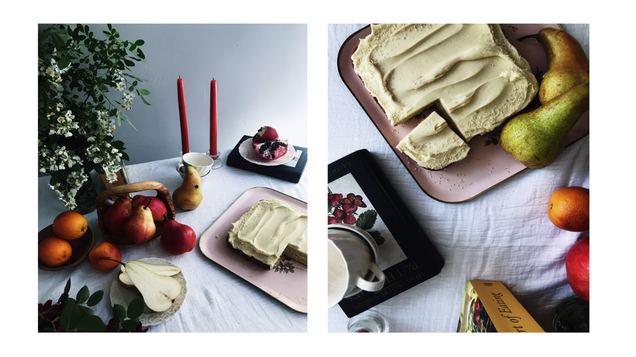
Since being quarantined, I have developed a deeper relationship with the concept of home. I wanted to create an image that reflected the mood and atmosphere I try to foster in my home. Inspired by 17th century Dutch still life paintings, home, to me, is a little bit moody and a place to reflect, recharge and appreciate small details like late afternoon light coming through the window or brown speckles on a ripe pear.
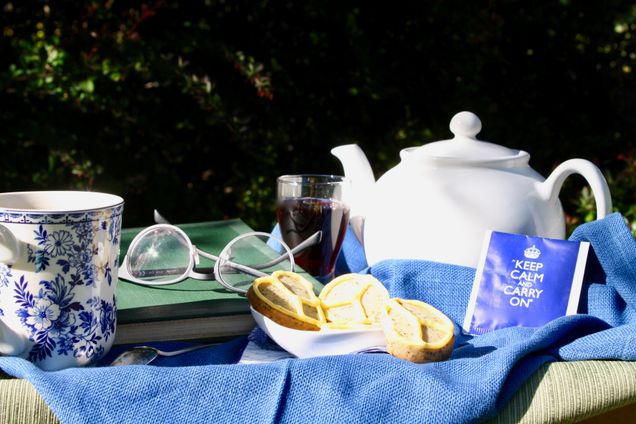
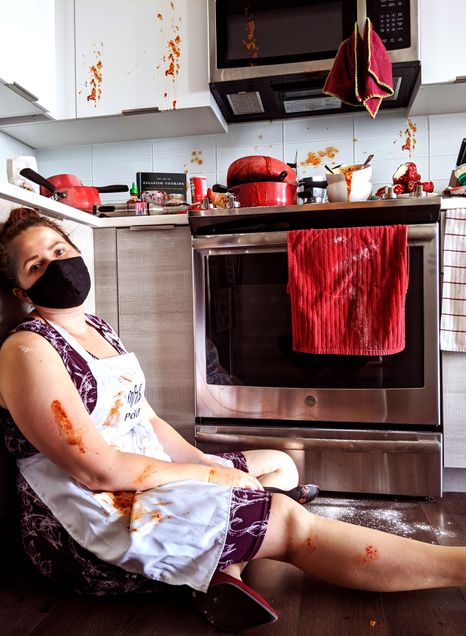
Anonymous woman: Quarantine Cooking
This photo attempts to represent the stress, anxiety, loneliness, and unpaid labor many people, especially female identifying individuals, have been burdened with during COVID-19 quarantine.
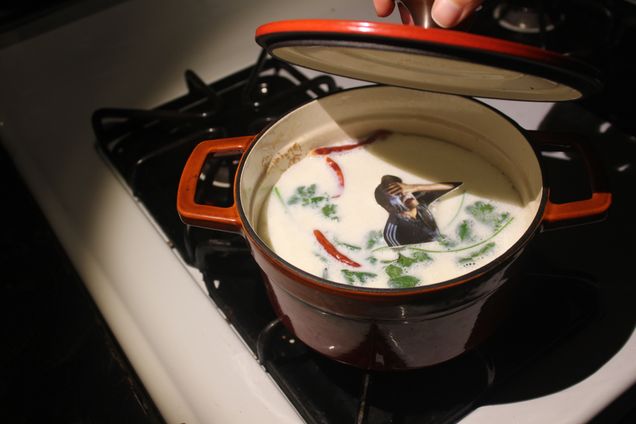
Pictured inside the pot, a photo of an unnamed protestor by John Minchillo/AP Photo.
This photo derives from less of a concrete idea, and more of a sensation. The pairing of coconut milk and chilis has marked my quarantine cooking endeavors, and one night as I listened to stories of the Black Lives Matter protests around the world, my face began to burn. I had touched it with the same hand I used to drop chilis into a pot of coconut milk and fish. In response, I thought of the countless images of protestors getting tear-gassed around the country, and how their eyes, throats, and skin burned as fellow protestors tried to soothe their pain, pouring milk and frothy sodium bicarbonate mixtures down their faces. In response to the tear-gassing of protestors (peaceful or otherwise) and the recent spotlight on the US’ oldest pandemic (white supremacy), I created this photo to explore the ideas of discomfort, control, white privilege, and as many of classmates pointed out, horror. I don’t think I’ll ever settle on one ‘meaning’ for it; with each time I view this image, its message changes, evoking all kinds of discomfort on a personal and societal level.
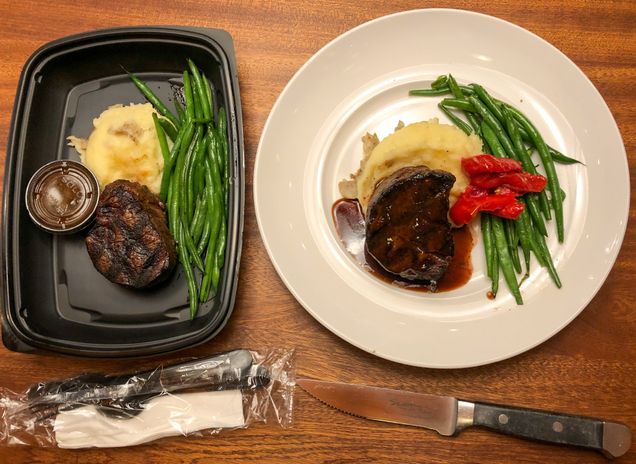
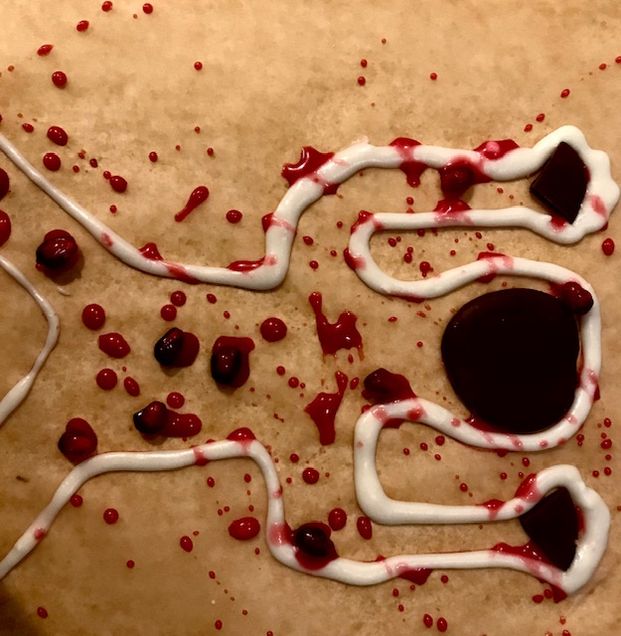

In response to the recent protests and uprisings against systemic racism and state sanctioned violence, an excuse that I have heard a lot lately is, “It’s only a few bad apples.” However, most people fail to finish this well known phrase: “A few bad apples ruin the whole bunch.” When composing this image, I didn’t have any bad apples on hand, but I used what was available to me. I chose the style of a still life oil painting to bring attention to the way that our society’s values, and what we deem beautiful.
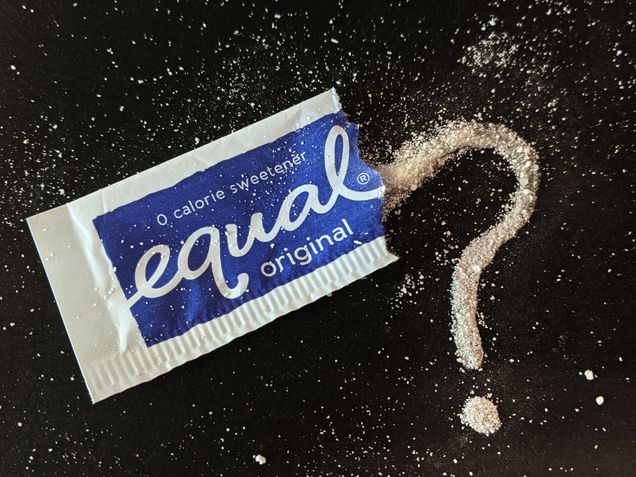
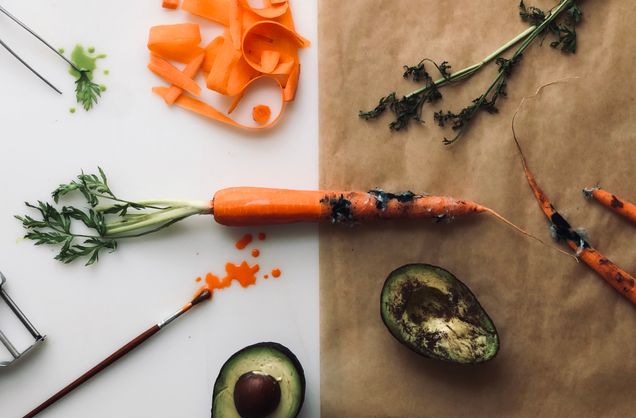
The Perfectly Neglected Carrot
What are the criteria for the fruits and vegetables you buy at the store? Perhaps the unblemished tomato, round firm oranges, or perfectly straight carrot? Unconsciously, many people pick up those that are aesthetically pleasing, yet 40% of it will be left uneaten. In light of the current food insecurities and ongoing fight towards preventing food waste, are you neglecting your food at home?
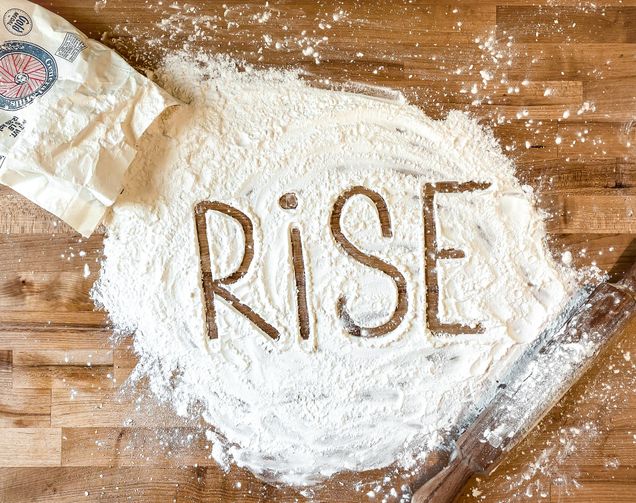
This photograph utilizes food items to spell a word in order to create double meanings; highlighting the characteristics of the food being photographed as well as societal events. The word, “Rise,” written into the flour, encourages transformation. Rising is not just what bread does, it is also a call to rise up against racist systems and industries to make them more just, diverse, and inclusive.